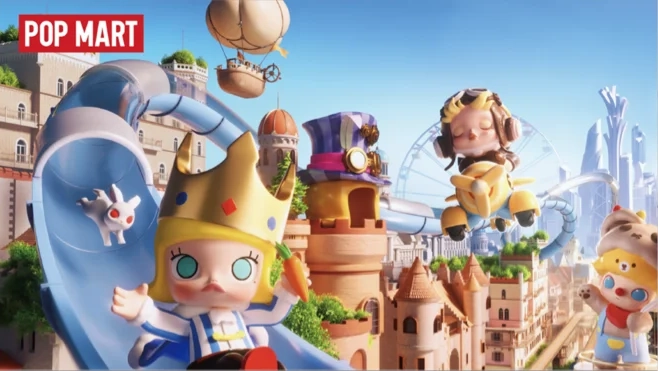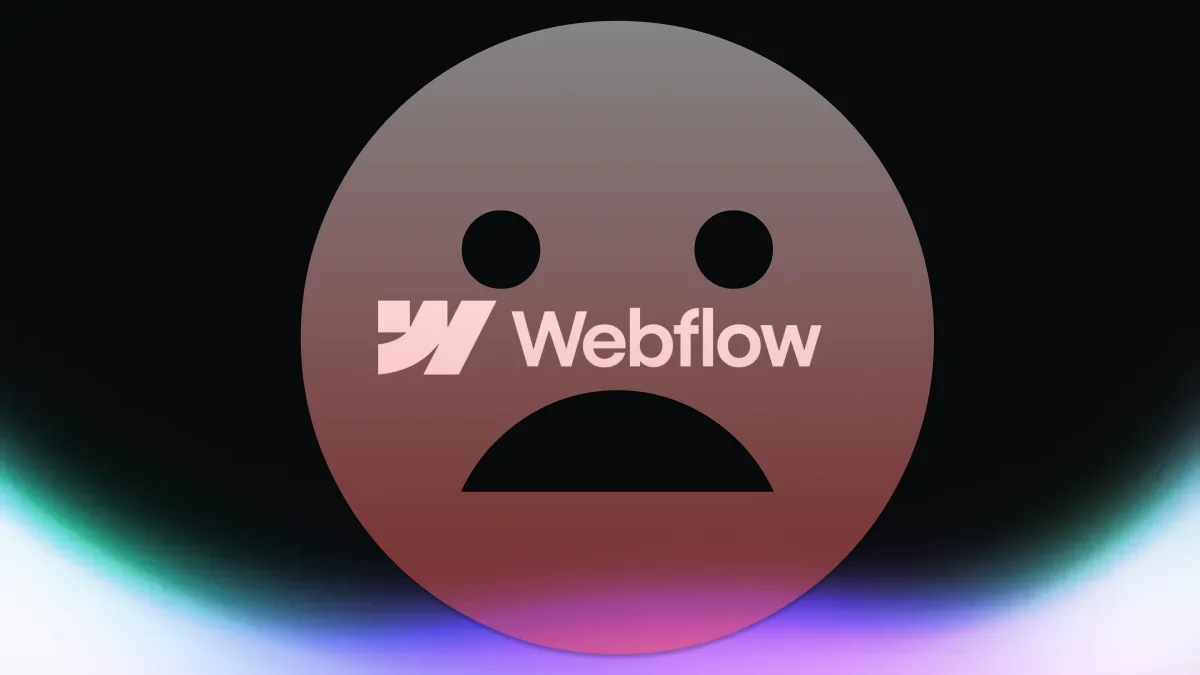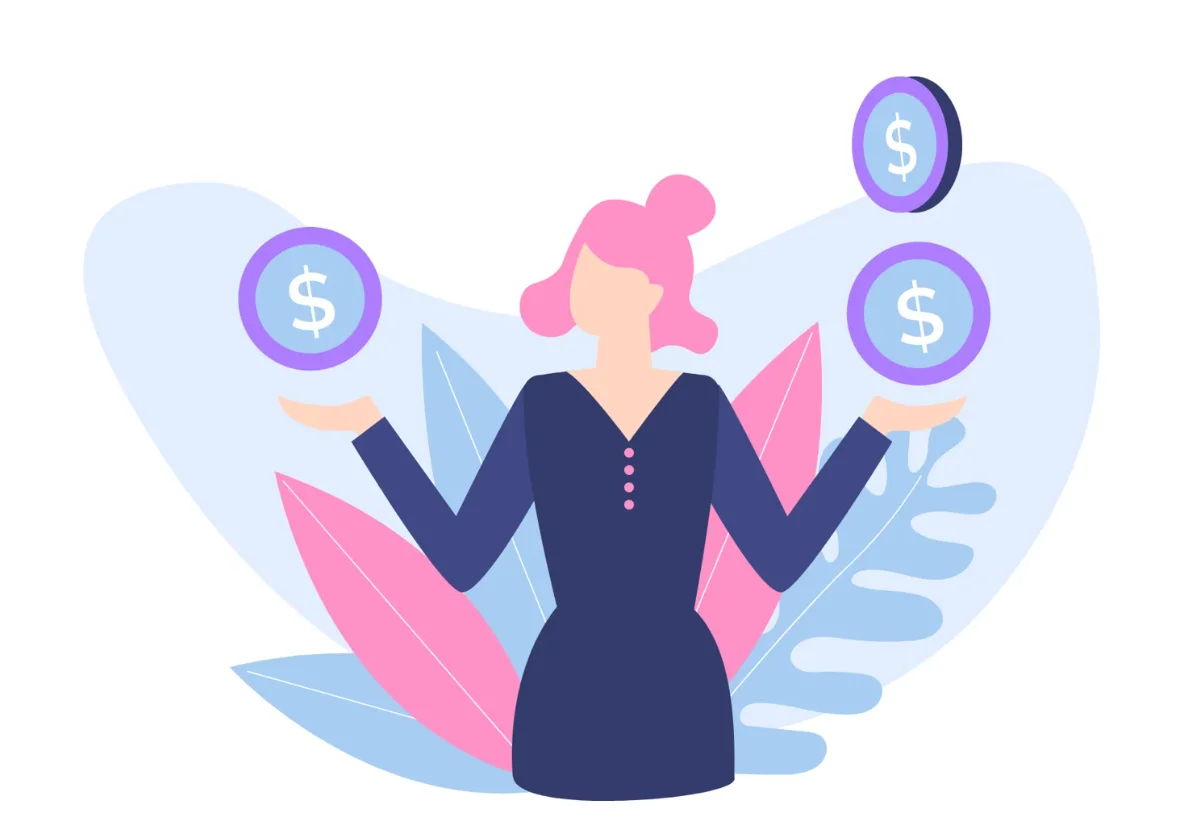Category: Business
-

Lessons Learn From Starting, Failing, And Succeeding In My Side Hustles
It’s challenging to find success in any area of life. Often, we experience setbacks, and that’s completely fine. Each failure is an opportunity to learn and improve, or even to gracefully step back and realize that perhaps some paths aren’t meant for us. I’ve pursued several side hustles myself, finding only modest success. Enough to…
-

What is the future of WebFlow?
In the ever-evolving world of web design platforms, Webflow has long been a go-to choice for freelancers and small agencies looking for an intuitive, no-code platform to create visually stunning websites. However, a noticeable shift has been taking place over the past couple of years, and many within the Webflow community are expressing concerns that…
-

Why is WebFlow so popular?
In recent years, Webflow has soared in popularity among designers, marketers, and businesses looking to build sophisticated, responsive websites without relying on extensive coding. But what exactly makes Webflow stand out among countless other website-building platforms, and why has it garnered such widespread acclaim? Let’s explore the factors fueling Webflow’s popularity—and consider why it might…
-

Can You Make a Living Designing Websites Using Webflow Alone?
Webflow has become an increasingly popular tool in the world of web design, promising the power to craft sophisticated, responsive websites without needing extensive coding knowledge. But is it feasible to build a stable, lucrative career solely by using Webflow? The short answer is: Yes. However, as with any specialized career path, there are essential…
-

Where can I find WebFlow web designers?
If you’re looking for skilled Webflow web designers, several platforms and resources can simplify your search. Here’s where you can find experienced professionals to bring your Webflow project to life: Tips for Selecting the Right Webflow Designer: Finding the perfect Webflow designer doesn’t have to be challenging. By using these targeted platforms and communities, you…
-

Will tools like Webflow replace web developers?
As no-code platforms like Webflow surge in popularity, many wonder: Will tools like Webflow replace web developers? Webflow and similar no-code solutions empower designers, entrepreneurs, and marketers by enabling them to create responsive, visually appealing websites without writing traditional code. These platforms offer intuitive interfaces, drag-and-drop components, and a robust library of pre-designed elements that…
-

The Rise of POP MART and Blind Boxes
In a market where surprise and exclusivity are key, PopMart has emerged as a transformative force with its innovative blind box concept, captivating collectors and casual shoppers alike. What began as a modest venture into collectible art has blossomed into a nationwide—and increasingly global—phenomenon, redefining how fans interact with their favorite figures. You can see…
-

How to Start Affiliate Marketing With No Money: A Comprehensive Guide
Affiliate marketing is a powerful way to earn income online by promoting products or services and earning a commission for each sale made through your referral. The great news is, you can get started without a hefty upfront investment. This guide will walk you through the steps to launch your affiliate marketing journey using little…
-

What is a Tech Stack?
What Is a Tech Stack? Simply put, a tech stack is the collection of tools, applications, and technologies you use together to support a primary function and achieve specific goals. Think of it as a layered ecosystem: each application in the stack contributes to the overall functionality by addressing specific needs that other tools may…
-

WebFlow is choosing greed over customers
Back in the summer of 2024, I wrote about the significant bandwidth changes Webflow implemented. Now, Webflow has announced another major update—and unfortunately, it’s not great. The company often takes one step forward only to take two steps back with their platform and services. This month’s “step forward” is simplifying their Workspace Plan. However, in…
-

Marketing pricing for clients in an agency/enterprise organization
Pricing can be a sensitive topic for clients, but one effective approach is to create a rate card. What’s a rate card? Simply put, it’s a detailed list of services you provide, along with explanations and the estimated hours required to complete each one. This method is more flexible than setting fixed prices for individual…
-

WebFlow Bandwidth Concerns: A Cautionary Tale
Reflecting on the past year, one of WebFlow most significant missteps has been drastically reducing bandwidth allocations across all pricing plans. If you’re considering building and hosting a website on WebFlow, especially with plans to scale, grow, or handle substantial traffic, I strongly urge you to reconsider. Bandwidth Reductions: A Troubling Trend A quick dive…